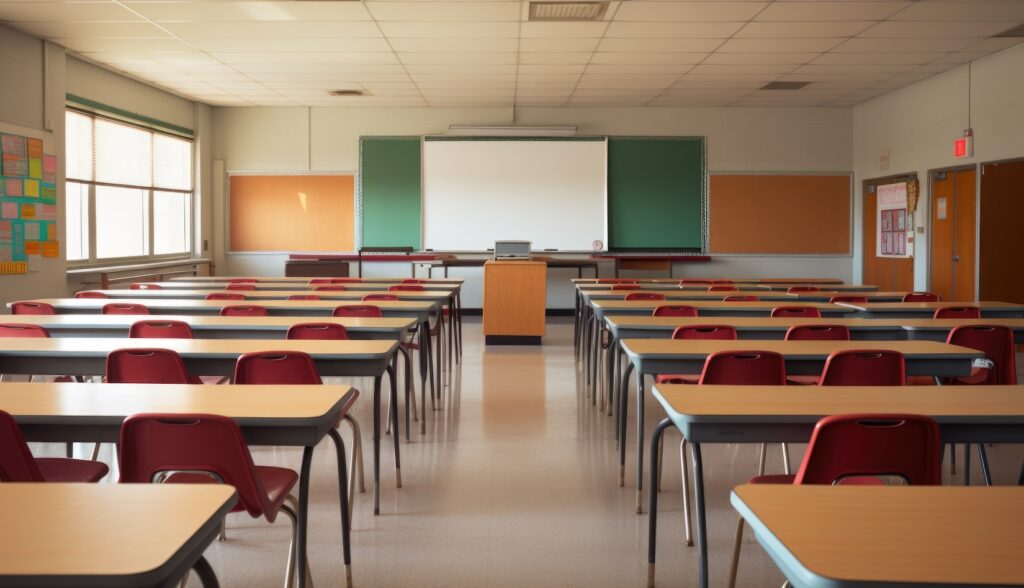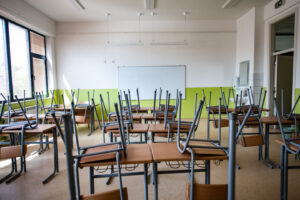Minnesota school test scores plummet, chronic absenteeism skyrockets as bureaucrats throw money at problems
Chronic absenteeism in Minnesota’s public schools has skyrocketed from 15% to 70% in just four years.
“We will not shy away from what the data are telling us. These results send a renewed sense…

Chronic absenteeism in Minnesota’s public schools has skyrocketed from 15% to 70% in just four years.
“We will not shy away from what the data are telling us. These results send a renewed sense of urgency and underscore the importance of key supports that are already underway,” said Willie Jett, State Department of Education Commissioner, reported local media.
A student is considered chronically absent when they miss 10% or more of school days. Repeated absences often lead to poor academics and lower graduation rates.
This summer, test data revealed that only half of Minnesota’s K-12 students meet grade-level standards in reading or math.
However, critics say Minnesota has done little to stop the unraveling of public education.
With 80-90% of districts struggling with the nationwide teacher shortage, the Department of Education offered bonus incentives to attract out-of-state teachers of color – but only succeeded in recruiting six new educators.
Meanwhile, the state updated teacher licensing standards to exclude educators who disagree with radical gender ideology.
And the state Legislature even considered curtailing teacher licensing pathways in a way that critics argue would endanger the credentials of thousands of special education and rural teachers.
On top of that, lawmakers raised education spending by $2.2 billion, despite Minnesota already being one of the top-spenders in K-12 education, with over $17,000 of funding per-pupil.
In comparison, the average private school in the North Star State costs just $7,500 annually. Even private high school tuition is only $13,300.
The one bright spot in Minnesota’s education reform is its implementation of phonics-based reading instruction through the READ Act.
With $70 million in funding, the state is trying to turn its poor literacy rates around with the “science of reading,” an evidence-based approach which fell out of favor – with poor results – until its recent comeback.



